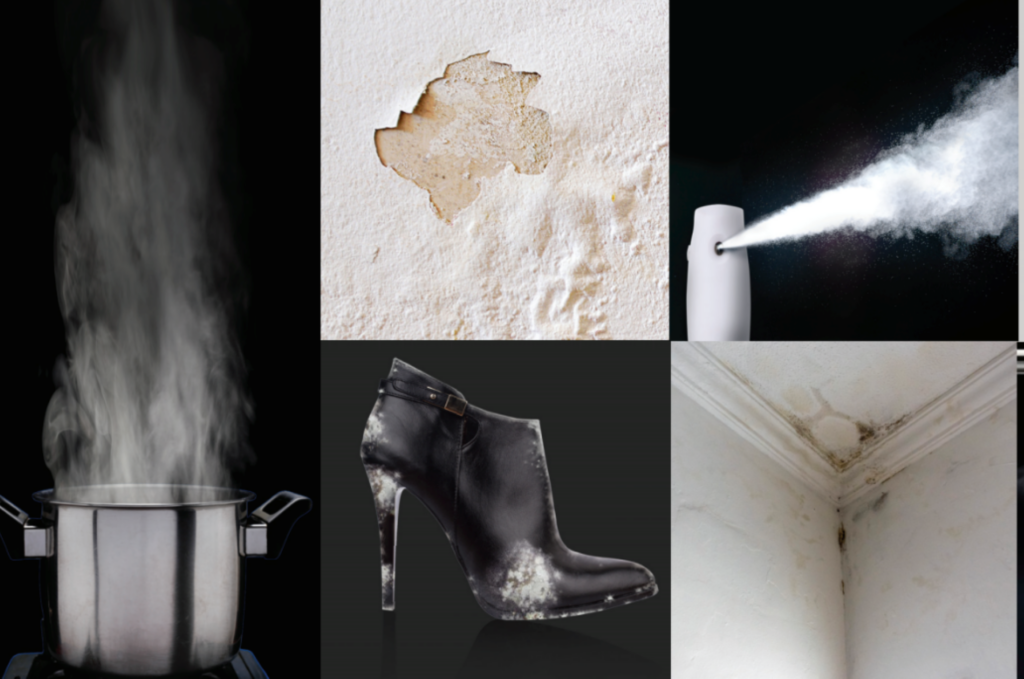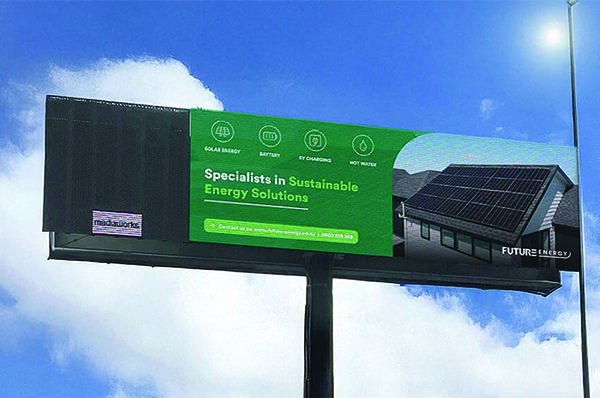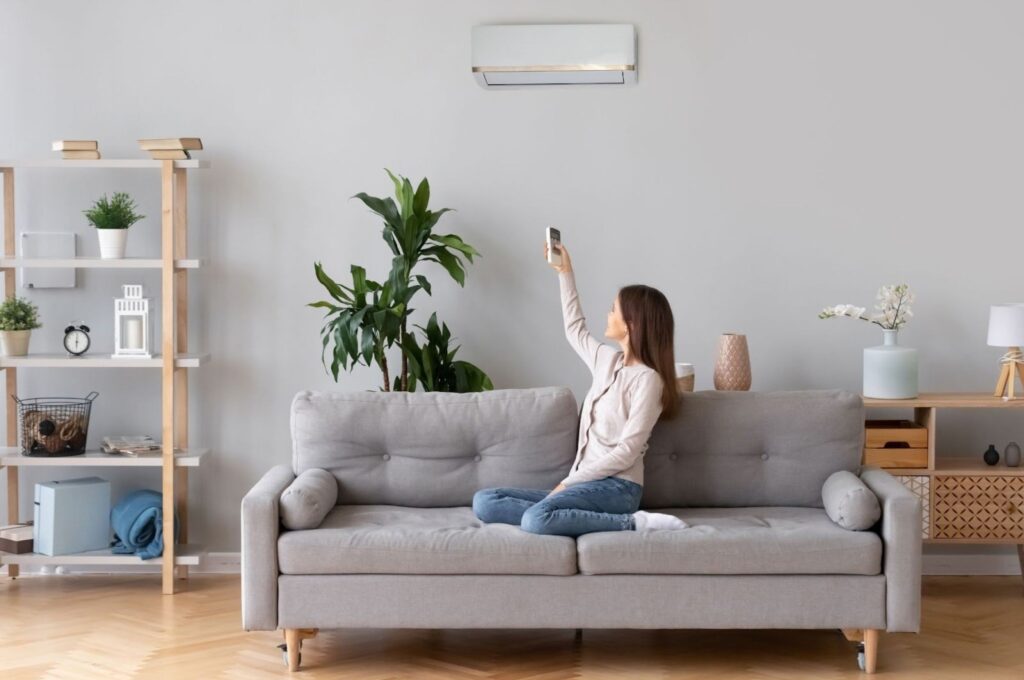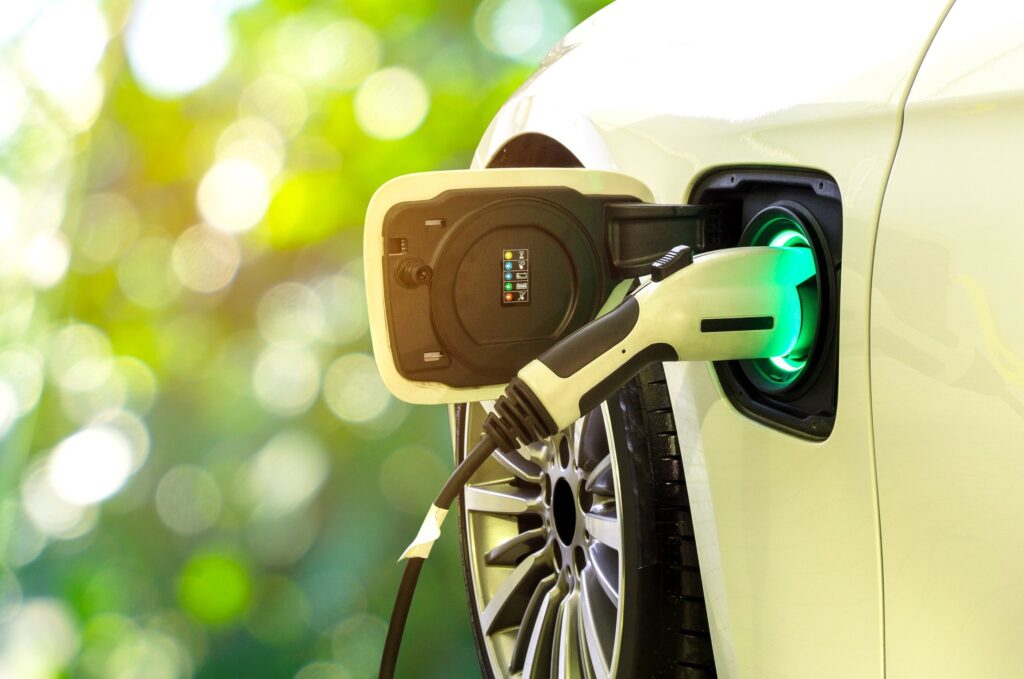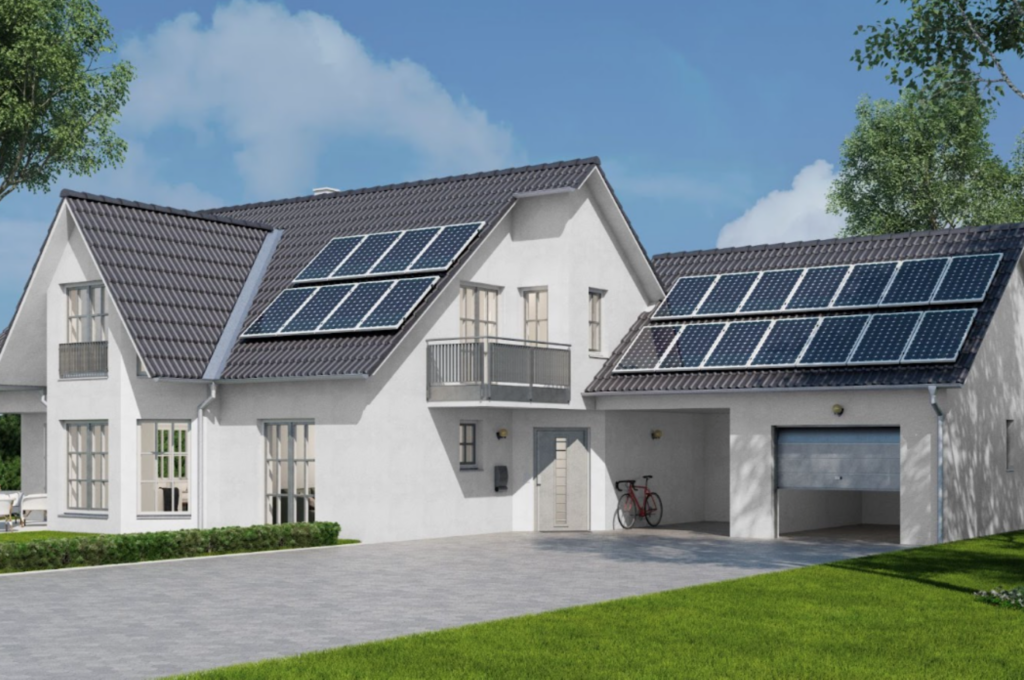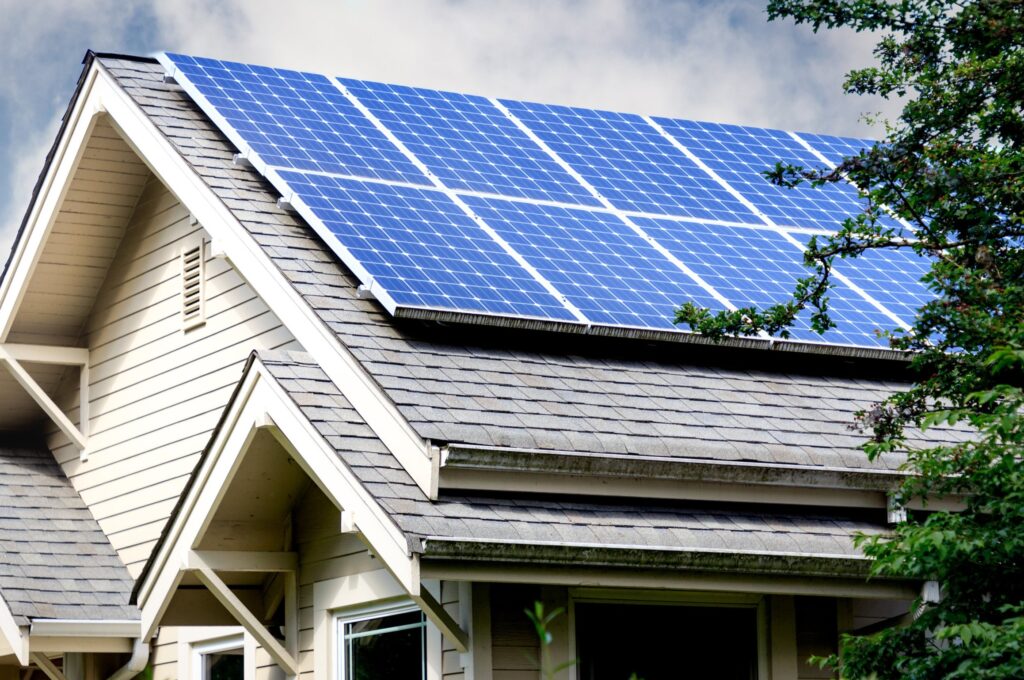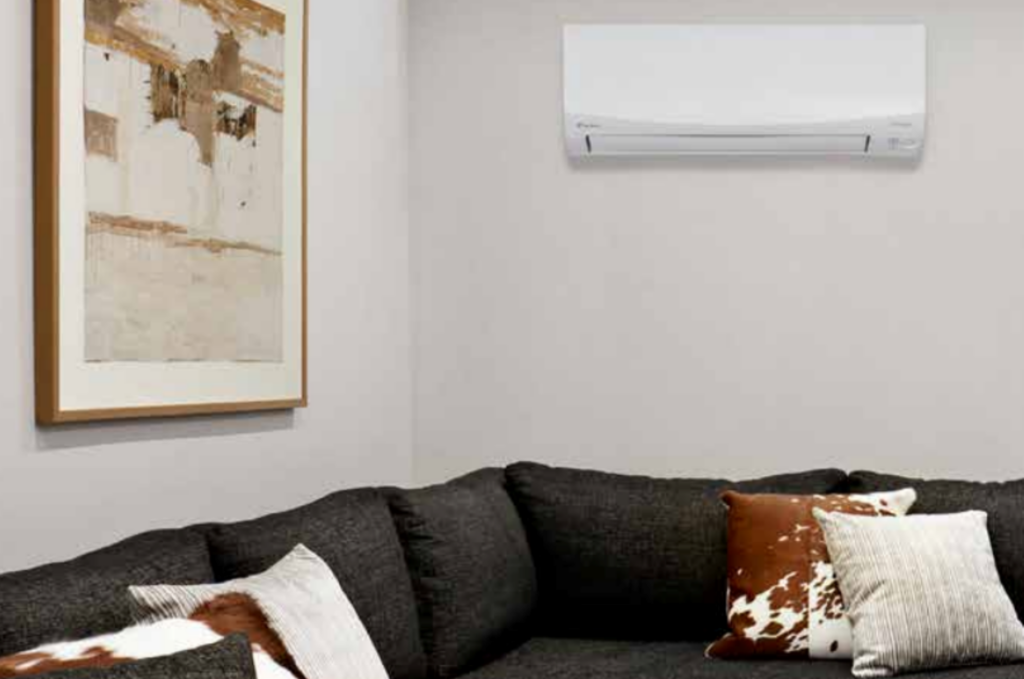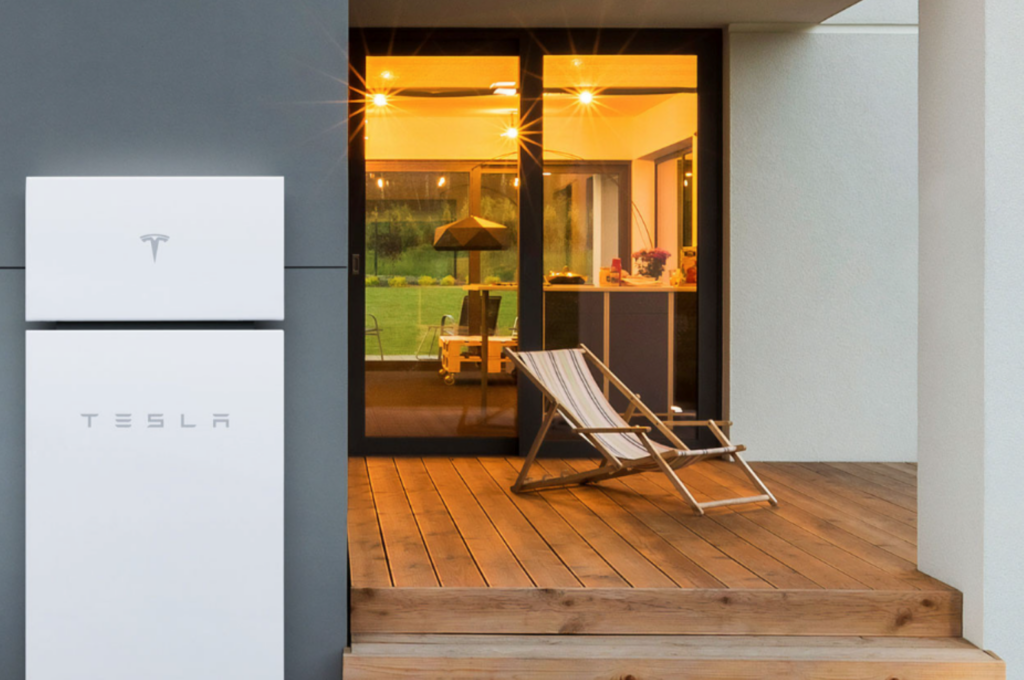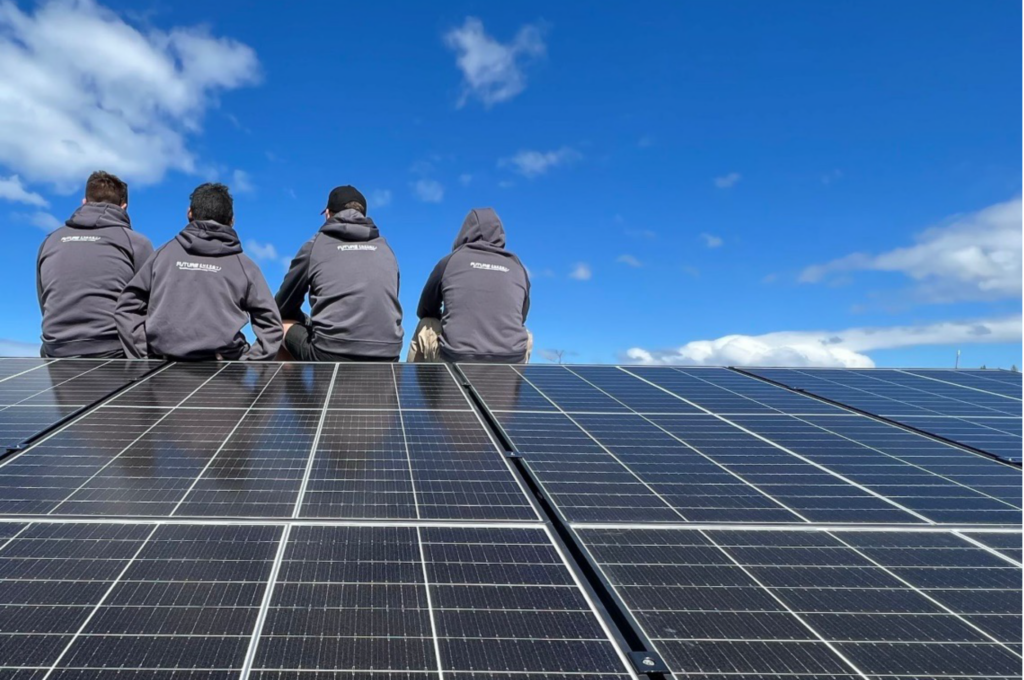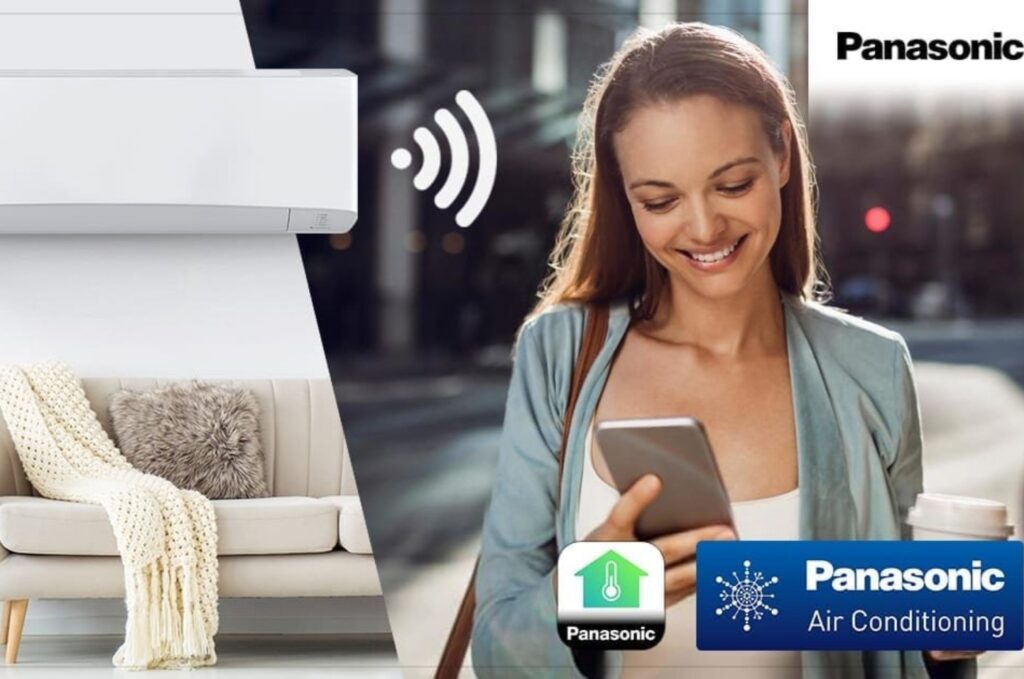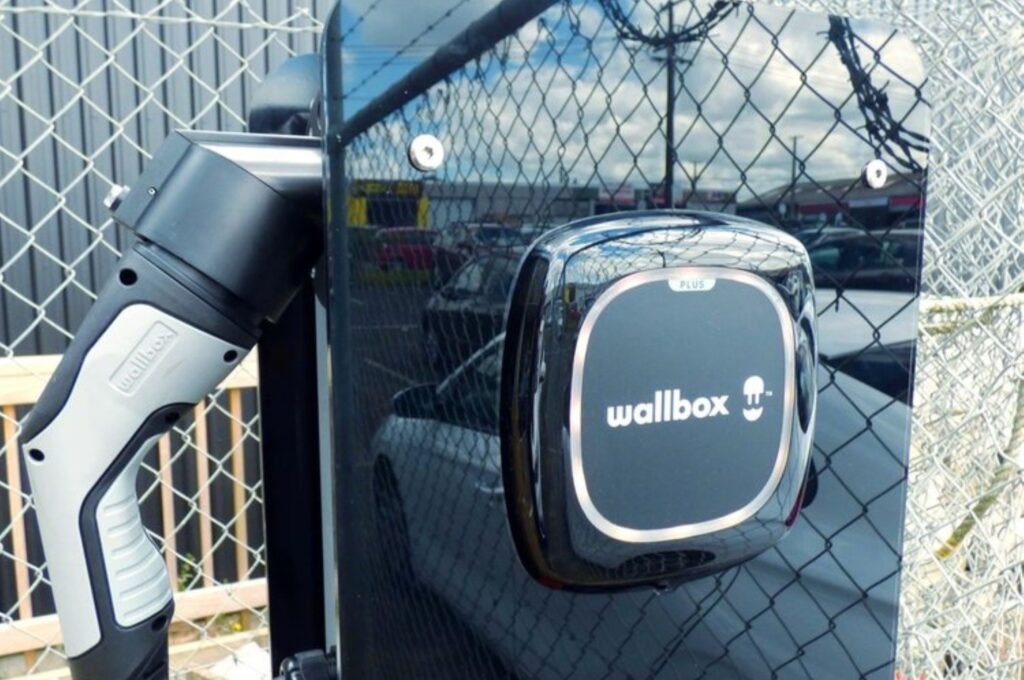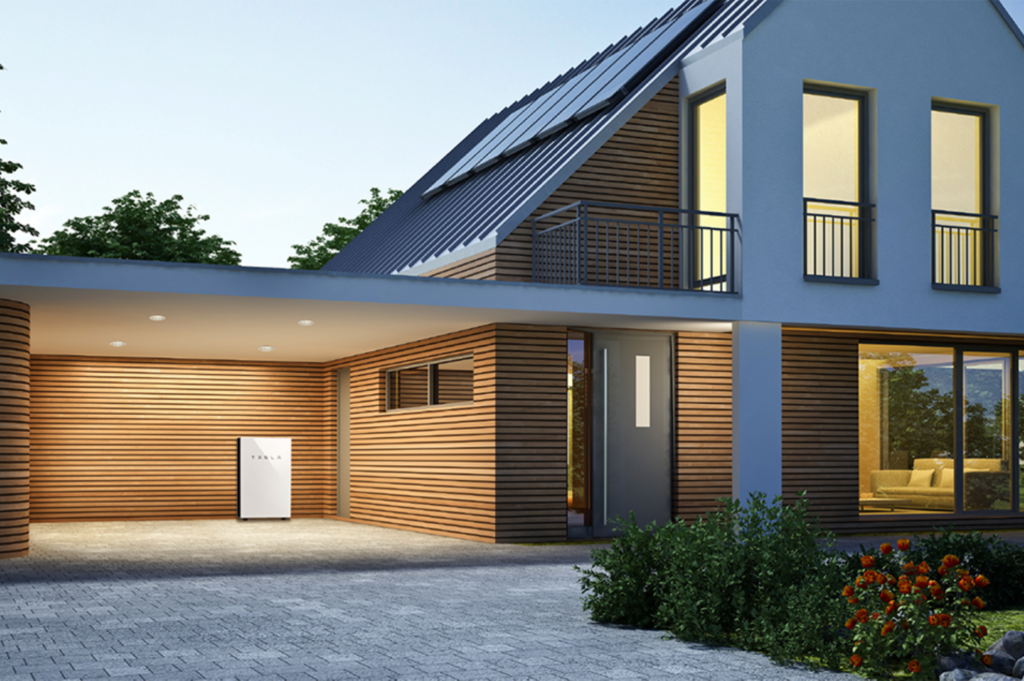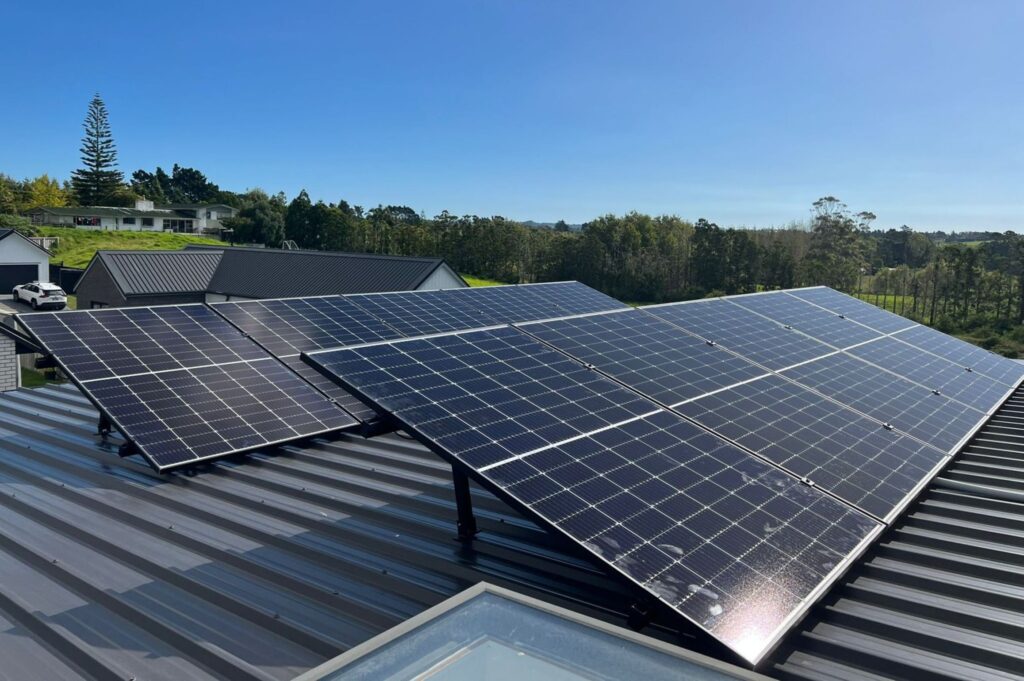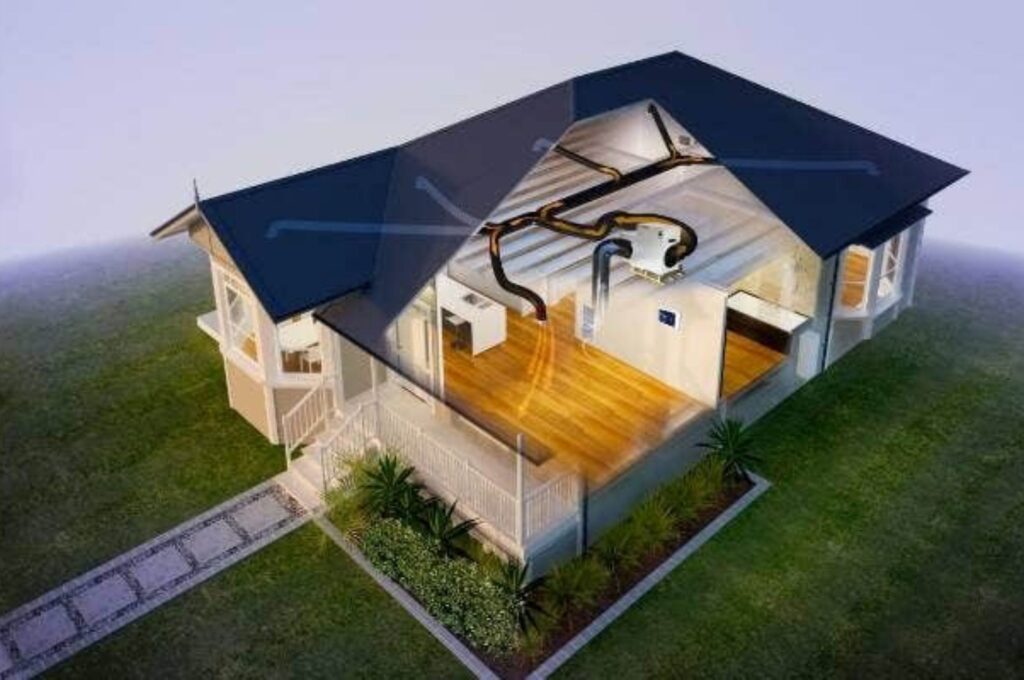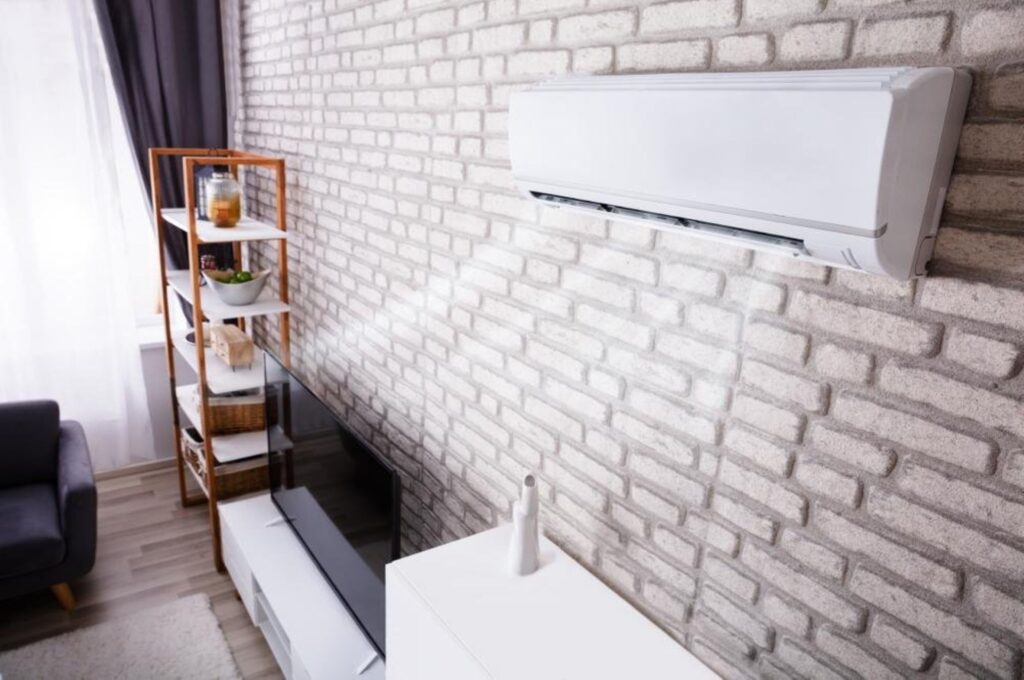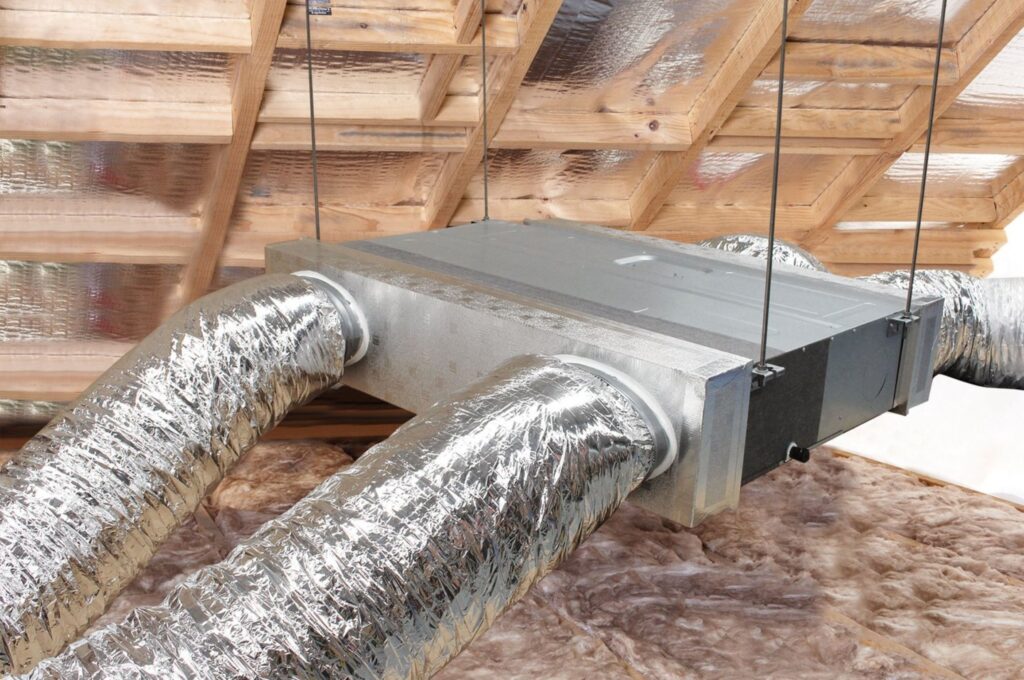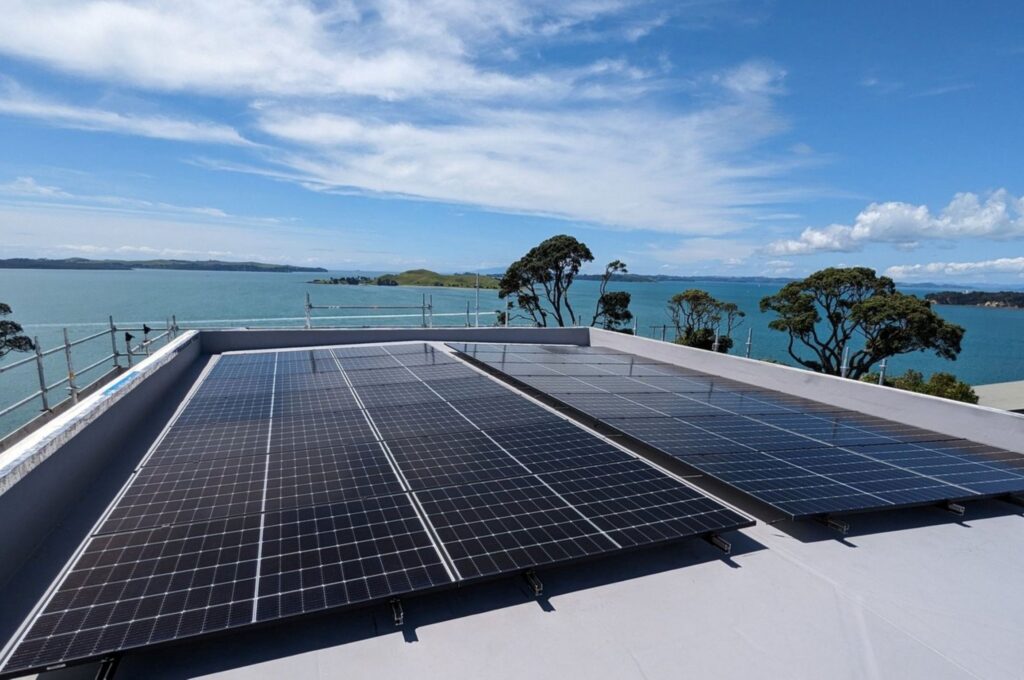Heat recovery ventilation is a sustainable option as it can recover up to 90% of energy from the exhaust air exiting your home. Essentially, ventilation systems pull air from inside your air and transfer it outside to encourage ventilation. When this happens, the heat energy within this automatically disappears. With a heat recovery system, this heat energy is recovered and utilised in your home, saving you on heating bills. The end result? A warm, ventilated home in the colder months. The concept is again utilised during the summer when you are requiring cooler air, reducing the time you need your air conditioner or fan switched on.
The main pros of a heat recovery ventilation system include:
- A drier home with less moisture in the air
- Prevention of mould and respiratory issues
- Reduces your heating and cooling bills
The most noticeable differences you will feel and experience are in those locations where the difference between the outdoor and indoor temperatures are large, as well as within older homes and what are known as “leaky homes”.
NZ has a leaky home crisis, which has even turned into a legal issue, whereby those homes built in between 1988 and 2004 are not weather-tight. This has resulted in the timber decaying and in some scenarios, the homes have even become inhabitable.
This is where home ventilation has become a life-saver for many NZ homes. You spend a large amount of your time at home, so your respiratory health is greatly affected by your home. The most important reason to install a HRV is for your health, however, many people install a unit simply for the comfort of improved air quality, and energy savings.
Energy Recovery Ventilation System (ERV)
Your additional ventilation option is an energy recovery ventilation system. The difference lies in the fact that energy recovery ventilation pulls some of the moisture leaving the home back inside to enable a more stable humidity level in your home. This system is best suited to those homes which are prone to or susceptible to becoming too dry in humid climates. Yes, there is such a thing. This system will lower your power bills from your air conditioning as a more stable humidity level means less power is required to cool the air.
The main pros of an energy recovery ventilation system include:
- Improvement in air quality which includes pushing out damp air as well as preventing pollutants from coming in
- Stabilises humidity and enables comfort
- Improvement in home odour
- Reduces your air conditioning bills
To sum it up, each home ventilation system is suited to different households. If you don’t live in a humid environment like Auckland, such as the South Island, you are most likely more suited to a heat recovery ventilation system as you will be wanting to retain more heat. Your end result is then a well ventilated home with lower heating bills, without compromising on warmth.
Before you make an investment, we recommend you speak to us so we can access your personal scenario and ensure you make the best choice for your home. This is no obligation advice so don’t worry about forking out any costs. Future Energy are your NZ sustainable energy solutions experts, providing ventilation, heat pumps, solar power systems and EV chargers.

